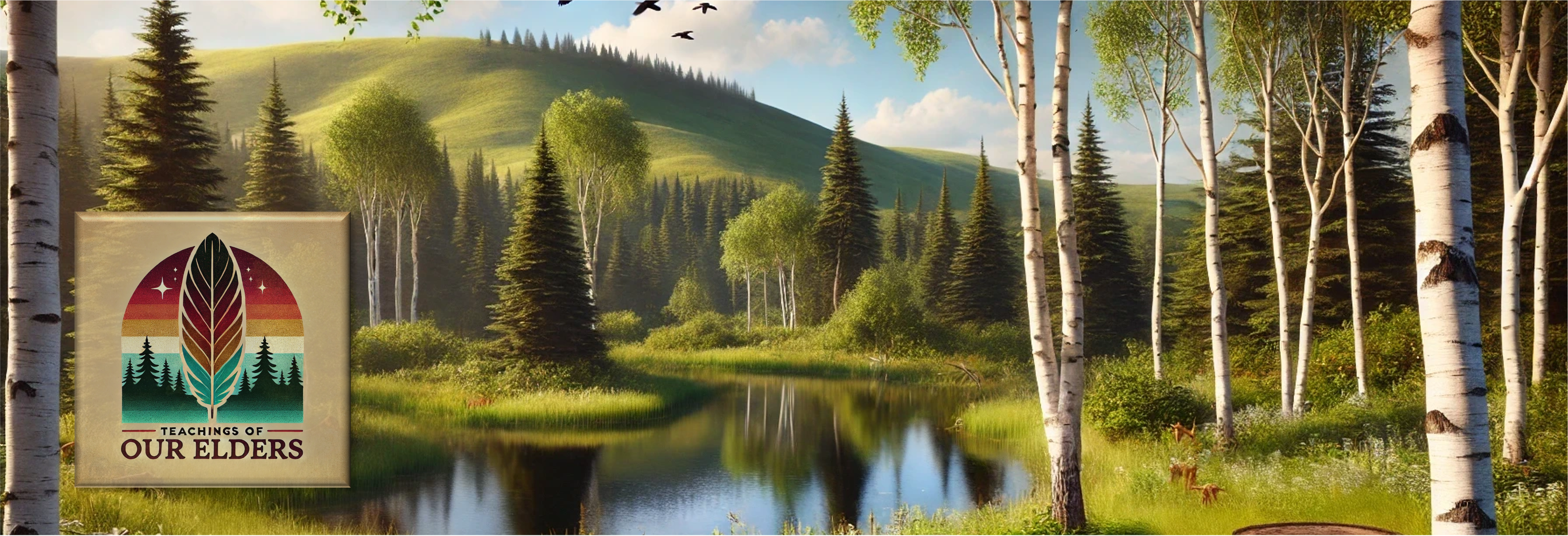| Inquiry Design Model (IDM) Blueprint™ |
| Winter Counts |
| NDNAEU 2 “Learning & Storytelling”, NDNAEU 7 “Native Identity” |
| Compelling Question | What can we learn by looking at a picture? |
| Standards and Practices | G.3_5.3 Use maps, satellite images, photographs, and other representations to explain relationships between locations of places, regions, and their environmental characteristics. G.3_5.2 Use geographic tools and technologies to acquire, process, and report information from a spatial perspective.(e.g., historical maps, diaries, speeches, pictures, charts, graphs, diagrams, timelines specific to North Dakota) WH.6_12.5 Analyze causes and effects of global events in the past using primary and/or secondary sources. WH.6_12.6 Explain how past events connect to the present. ND.6_12.4.6 Use various primary and secondary resources to acquire, analyze, and evaluate information. |
| Staging the Question | How did the Indigenous People of North Dakota record important events? How do Winter Counts align with European accounts of historical events? |
| Supporting Question 1 | Supporting Question 2 |
| What are Winter Counts? | Who was in charge of recording the Winter Count? |
| Formative Performance Task | Formative Performance Task |
| Read the “Winter Count Lessons” Tabs. Make a poster with 2 sides: 1. Winter Counts Are… 2. Winter Counts Are Not… On each side of the poster, write at least 2 things that Winter Counts are/are not based on the reading. Present your poster/findings to the class. | Read the “Winter Count Keeper” tab. Summarize the information from the reading about the keeper by writing 3 things you learned about the keeper of the Winter Count. Would you have wanted to keep the Winter Count? Why/why not? (at least 3 sentences) |
| Featured Sources | Featured Sources |
| Winter Counts Overview https://www.sdpb.org/learn/nativeamerican/wintercount/ Winter Count Keeper https://www.sdpb.org/blogs/children-and-education/waniyetu-wowapi-winter-count/ | https://www.sdpb.org/learn/nativeamerican/wintercount/ |
| SUMMATIVE PERFORMANCE TASK: Supported Claim (written/spoken) or Demonstration of Process (project-based) | Which way do you learn best – words, pictures, or both? Why? After studying Winter Counts, which type of account, (words, pictures, or both), do you believe gives the best description of an event? Why? Provide 2 examples to support your answer. |
| SUMMATIVE PERFORMANCE TASK: Extension | Create a Winter Count of your life- one event for each year. Remember that the event does not have to be the most important event that year, but just the most memorable. (If you are 12 years old, you would have 12 events.) These can be events that you remember, or events that you have heard about through stories. (Of course you probably don’t remember much about your first two or three years of life.) You cannot use the same event more than twice. Draw a symbol for each event. On a separate sheet of paper, write a 2- 4 sentence summary of each event that you choose. What is this event? Why was it memorable? You may share with the class if you like. You may want to use a crumpled paper bag for your Winter Count to get the same effect as an animal hide. Cut one edge of the paper bag so it lays flat like a sheet of paper. Crumple up the bag, being careful not to tear it. Then smooth the bag out. Draw/color the bag. |
| Taking Informed Action / Real World Application | Choose a current event article from the newspaper or TV news website. Print/cut out the article. Write a summary of that event in 5-7 sentences (who, what, when, where, why, how). Now use that summary to make a Winter Count of that same event. Include 3 of the most important pieces of information about that event. (You will have 3 pictures.) Include the original article with your Winter Count. |

